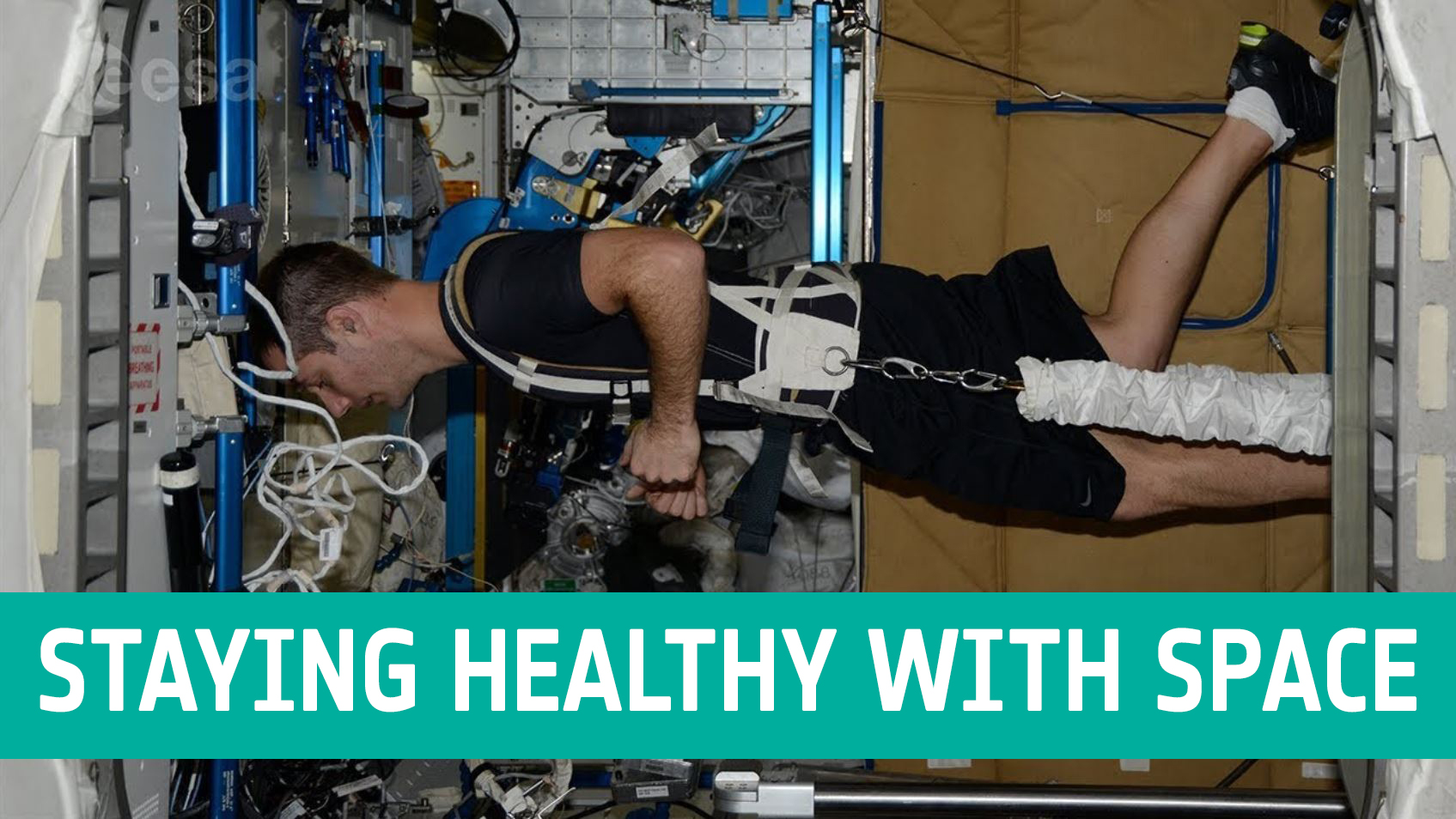
The COVID-19 global pandemic reminds us daily of the importance of monitoring health and well-being. In the past decade, ESA has supported space innovations and technology to prioritise humans' and animals' health.
Zuzanna Osika and Elia Montanari from ESA Space Solutions have produced several case studies through the analysis of projects showing promising correlation to the UN Sustainable Development Goal [SDGs] indicators that are also good business opportunities. Here, we focus on three case studies related to various health challenges humans face, which were implemented in countries all around the world.
CASE STUDY: TEMPUS

TEMPUS is a dual-use physiological monitoring product offering both conventional monitoring of key vital parameters and remote diagnostics (telemedicine) capabilities for use in different segments (Intensive Care Units, Ambulances and Emergency Health Services, commercial & business aviation, Yachting, military etc.).
The initial target envisaged users were military and energy companies where staff may be operating in remote locations without easy access to in-person medical care. TEMPUS allows health professionals to monitor employees' health located elsewhere.
Since its launch, TEMPUS has achieved interest in other markets predominantly in pre-hospital care applications: the potential for satellite-based communications and other new features enable users to do more with less equipment.
RDT Ltd. (Remote Diagnostic Technologies), the company developing TEMPUS, is today part of the Phillips group of companies. TEMPUS is part of Philips' catalogue of therapeutic healthcare products and is becoming one of the world's leading medical monitors.
TEMPUS was initially deployed in the USA, Norway, Australia and the UK (treatment group). To mimic the experimental research design, Costa Rica, Netherlands, Slovenia and Belgium were included in the study as a control group. The impact of the tool's introduction was statistically significant on the SDG indicator 8 “Decent work and economic growth” in particular the INDICATOR 8.8.1 “Fatal and non-fatal occupational injuries per 100,000 workers”.
Case study: TEMOS

Thanks to funded Research and Development, TEMOS innovated by establishing a global competence network. The network is open for all interested hospitals and medical institutions who agree to accept and apply the TEMOS quality criteria. As a result of the project, TEMOS initiated a recognisable healthcare certification. The benefit of the network is that it improved the health systems' quality in developing and developed countries.
The TEMOS space powered network was launched in Germany, France, Greece, Jordan, Turkey, Brazil (treatment group) and the countries with a similar trend in the SDG indicator, but which did not take part in the TEMOS initiative were Belgium, Netherlands, Spain, Italy (control group). The launch of TEMOS correlates positively to the reduction of “Mortality rate attributed to cardiovascular disease, cancer, diabetes or chronic respiratory disease” - SDG INDICATOR 3.4.1.
Case study: VGTropics

In many African countries, livestock farming is an essential source of revenue that improves the quality of life and strengthens the economy's development. Animal health not only has an impact on animal production and its economic consequences, but zoonoses, or animal diseases, may also have a meaningful impact on public health. Real-time surveillance and prompt actions are paramount in diminishing the effects of epizootics on livestock. For this reason, early detection and shortening the time between detection, reporting and providing measures to contain an outbreak is crucial. VGTropics tackles these issues by offering tools and services, which substantially improve animal health recording in developing countries.
VGTropics was developed by Belgian company AVIA-GIS, the innovation’s impact was measured with the Livestock Production Index, which impacts SDG 2's target to double the agricultural productivity and incomes of small-scale food producers. Zambia, Senegal, Uganda and Niger were included in the study as a treatment group and Zimbabwe, Mozambique, Angola, Ethiopia as a control group. The study results showed statistically significant impact on production of the livestock in the countries, in which the VGTropics platform was introduced.
TARGET 2.3 By 2030, double the agricultural productivity and incomes of small-scale food producers.
Conclusions
These three case studies, which are a subset from the hundreds of health-related projects run by the European Space Agency, show how ESA has contributed to promoting initiatives related to health in the last decade. They show how space technology can be used to tackle health-related problems and help to achieve sustainable development.
Methodology
In order to assess statistical impact, the two case studies were reviewed against SDGs where sufficient time from deployment of the products and services had elapsed and data was available to perform impact analysis.
To measure the impact of a programme (or in this case; space application), the Difference in Difference (DID) methodology was used. This is a statistical technique which mimics a Randomised Controlled Trial as shown in figure 1; the impact of a programme is measured while taking into account a ‘counterfactual’. A counterfactual is defined as the trend we would have observed in case of no intervention.
This way it is possible to measure the effect of a treatment on a ‘treatment group’. As a counterfactual the team used a ‘control group’, i.e. similar countries with a comparable trend before the start of a programme.


